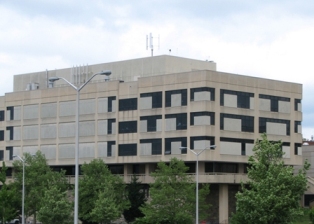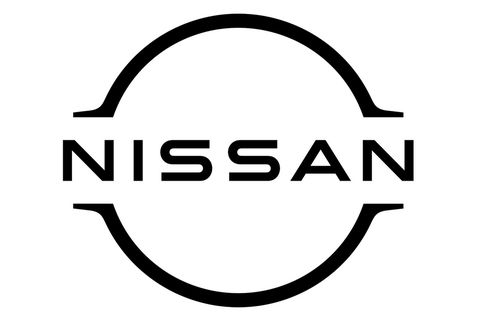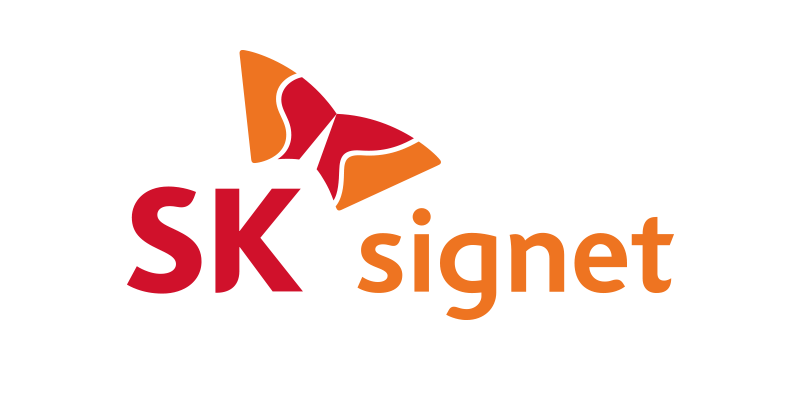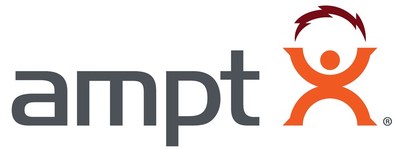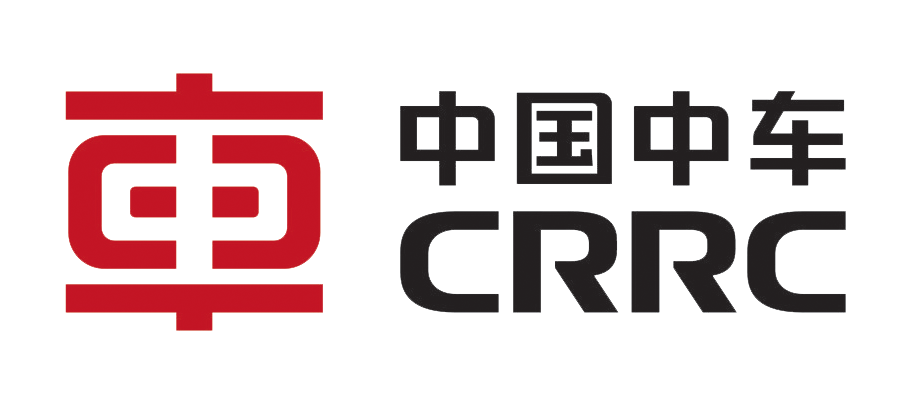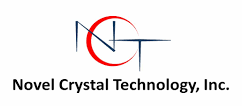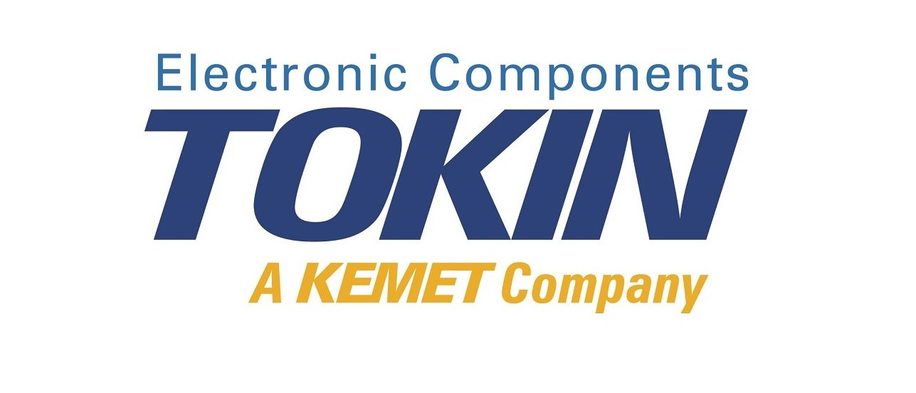LIBRARY
Yearly Annual Reports
CPES research outcomes are presented at the CPES Annual Conference and consolidated into an Annual Report. The CPES Annual Report includes research projects, nuggets, alumni, honors & achievements and publications conducted over the prior year.
For years prior to 2022 view our PDF Annual Reports.
2023 CPES Annual Report
National Academy of Engineering Members
- Dushan Boroyevich
- Fred C. Lee
Election to National Academy of Engineering membership is one of the highest professional honors accorded an engineer.
IEEE Fellows
- Dushan Boroyevich
- Guo-Quan Lu
- Richard Zhang
- Fred C. Lee
- Khai Ngo
IEEE Fellow is a distinction reserved for select members who have demonstrated extraordinary accomplishments in their field.
2023 Annual Report Collections
The world continues to change and advance at an unprecedented rate, demanding an ever-increasing amount of energy to fuel it. Global energy consumption reached approximately 640 quadrillion British thermal units (QBtu) in 2023 and could reach up to 850 QBtu by 2050. Similarly, global electricity consumption is expected to reach 45,000 TWhr by 2050 (~150 QBtu), nearly doubling the present consumption of 25,500 TWhr (~87 QBtu), in what is a clear indication of how the world is on a strong electrification path.
The above growth will come primarily in the form of cleaner and sustainable energy sources, which overall are expected to account for almost half of the worlds electricity generation by 2026; a rapid and significant increase when compared to the 40% share they had in 2023. In effect, renewable energy will make up more than one-third of the total electricity generation by early 2025, surpassing coal as an energy source. Yet, electric energy consumption is increasing rapidly as well. An example of this is the deployment of hyperscale data centers that in the U.S. are bound to double this sectors energy consumption by 2030. More eye-opening is perhaps the prediction that, globally, data centers are expected to consume more than 20% of the worlds electricity generation by this same year, evincing how the electrification of society is quickly accelerating.
Power electronics is at the core of this societal change, as it embodies the most efficient way to process and transform electric energy. The global industry is hence experiencing a fast growth in this field, which is expected to reach a market size of 60 billion USD in 2028a 30% increase from 2023 market reports. These fast-growing dynamics have positively impacted CPES, as we welcomed 16 new members in 2023, reaching a historic high of 97 industry consortium members, and also got to kick off 30 new sponsored research programs. This is a true testament to the successful collaboration and close relationship the Center has established with its members and partners over the past decades, for which we are immensely grateful and appreciative. It is also a reflection of the groundbreaking and cutting-edge research conducted by its faculty and students.
Through the past year, CPES has continued to advance wide-bandgap (WBG) and ultra-WBG semiconductors focusing on gallium nitride (GaN) and gallium oxide (Ga2O3) transistors and diodes of up to 10 kV, and has developed new circuit-based methods to evaluate their stability, reliability, and robustness. Packaging and integration, a fundamental strength of CPES over the years, is even stronger now given the challenges imposed by WBG and U-WBG devices. We saw the Center target automotive applications by demonstrating a high-power density, low-profile, 1.2 kV SiC half-bridge module with dual-sided cooling and 200 °C junction capability, while continuing to explore the development of PCB-embedded SiC modules to propel power density beyond 100 kW/l. At the converter level, the use of common organic multilayer substrates was pursued as we seek to maximize power density and improve manufacturability by enabling the integration of whole converter assemblies. In medium-voltage applications, an alternative approach was pursued based on the novel coaxial integration of modular converters into power cables. This promises to revolutionize future electronic substations and distribution grids.
Supporting the looming energy demand by artificial intelligence and cloud computing, CPES has continued to innovate in the development of point of load (PoL) power conversion with a single-stage 48 V PoL converter that boasts the highest power density among existent solutions, thanks to its embedded coupled transformer, which also minimizes conduction losses and improves the overall system efficiency. Similarly, new power supply architectures have been developed for the new USB Type-C power delivery (PD) standard for transportation applications, and to support the auxiliary systems in a variety of applications, ranging from unmanned aerial vehicles (UAV) to medium-voltage, SiC-based power converters. The modeling and control of these and other PWM and resonant converters remains one of the key areas of CPESoriginally pioneered by Dr. Fred Lee himself. This past year took significant strides towards the development of simple, unified, and accurate small-signal models that can account for the various topologies and control methods in use by industry.
In the high-power domain, CPES demonstrated the innate power density and efficiency advantages attainable when adopting SiC devices in multi-megawatt, medium-voltage applications, targeting both multilevel and modular multilevel converter solutions. In doing so, it has consolidated new insulation system design methodologies, and has continued to advance digital communication and control systems with sub-nanosecond synchronization capability. It also proposed new hybrid modular multilevel converter solutions, which have attained significant gains in terms of power density, efficiency, and cost. This new class of modular converters has helped open the path to delve into high-voltage DC (HVDC) applications, which has quickly become a new growth area for the Center. On the other hand, the development of new grid-forming controls has helped explore the feasibility to black start the grid from inverter resources. As well, new stability-monitoring functions have empowered renewable energy sources to maximize their power generation while avoiding the onset of dynamic interactions.
Since the onset of CPES, its mission has been to create advanced electric processing systems of the highest value to society. We hope that this annual report can reflect the immense effort that we have put forward to fulfill this vision, working in close collaboration with our partners around the world, and that you can truly appreciate the contributions of our faculty, students, and staff, as we continue striving to better the world that we live in.
Research
Sponsored Research
Patents
Research Nuggets
Publications & Honors
Special/Invited Presentations
Honors & Achievements
Publications
People & Featured Articles
Featured Articles (click to show)
CPES Team
Graduates



Report (Dissertation)

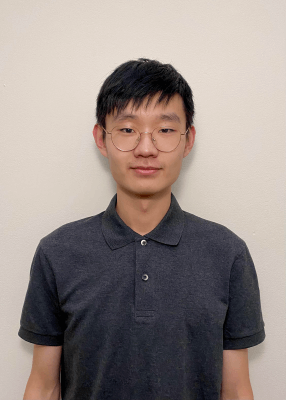


Report (Dissertation)


Report (Thesis)
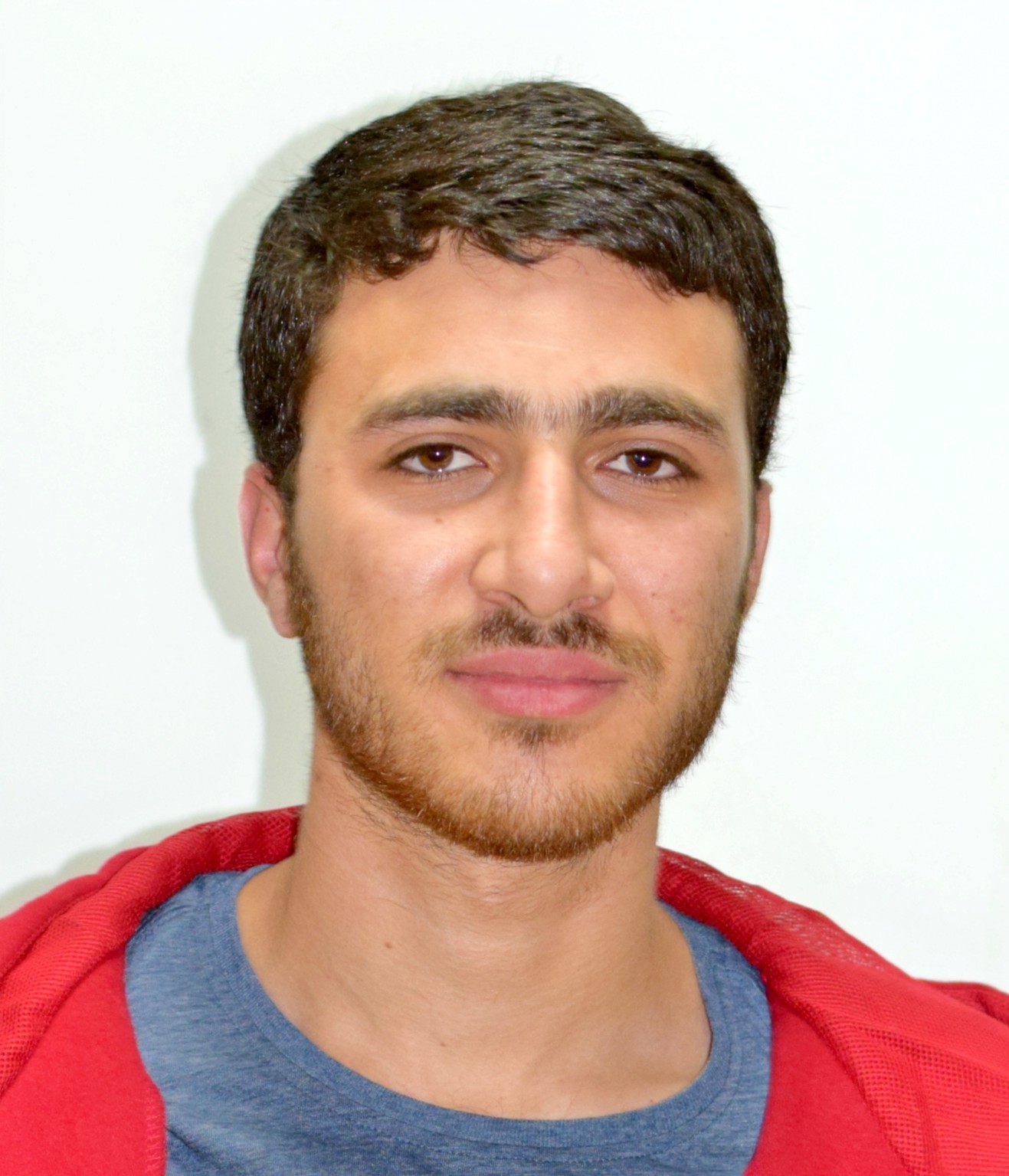
Report (Dissertation)

Report (Thesis)

Paper
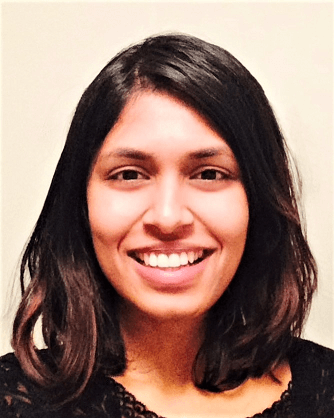
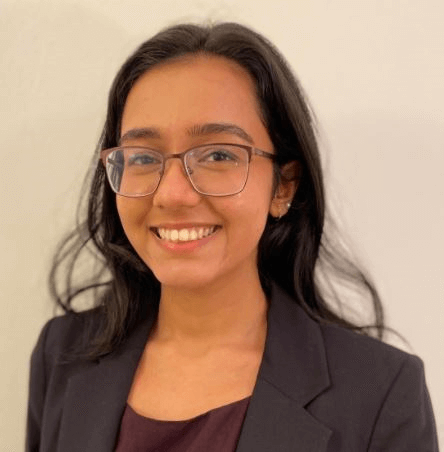



Paper










